

The A-18 (Da-18; Common name: Virago; NATO Reporting name: Flanker-X) is the designation for the Winolian twin engine, super maneuverable air supremacy fighter designed by Dastin Aerospace to combat the rise of powerful, 4th generation heavy fighters from the 80’s. As a direct competitor it was intended to be a larger platform with long range, sophisticated avionics and high upgrade capability. Design was supported by data from Sukhoi, leading to its shape and designation as a long lost Flanker Cousin.
The first A-18 variant, the A-18A Block-I entered service in the 1990’s. A number of developments spawned from the A-18 and future technology was thoroughly tested on the airframe, leading to its inhouse nickname, “The grandfather of heavy fighters”.


The Origin of the A-18 traces back to the 1960’s, post civil war Winolia. Following the verdict for the 3 fighter airforce and three fighter navy, the company founded by Villam Dastin, Dastin Technologies, would be given the contract to commence the design study on what would become the Navy’s and Air Force's heavy fighter; Projekt-18.
Funding for the project quickly proved insufficient and the threat of bankruptcy loomed over the company who had to act quick. Looking to the soviet union who still sought better relations with the nation, a transfer of technology was agreed between Sukhoi and Dastin Technologies, in exchange for favourable shipments of food and oil. With Sukhoi expertise, the proposal for P-18 was completed and the first prototype flew in 1973.
Several years of work later, the first prototype to be given the A designation would fly from Jaburo Air Base. By 1991 the first squadron had been inducted but the relatively high cost to obtain, initial lack of export customers and high maintenance cost would result in only a limited number procured until 2001. This would be further exacerbated by the limit on exports imposed by the Winolian Government.


The A-18’s avionics are extremely sophisticated and reflect the maturity of the Winolian defence industry. As an advanced multimission platform with a focus on air combat the radar is the most important feature. The ZX-30 was built for the A-18 and has been progressively upgraded with the aircraft to suit its ever expanding mission. The current variant, ZX-30-A7, is an AESA radar capable of tracking up to 30 targets and targeting 6 with active radar homing missiles or 4 with semi active (although upgrades are already planned.
Its supported by a ETS-20 electro optical targeting sensor mounted near the cockpit to provide infrared tracking, guidance and other functions. A powerful electronic warfare suite is built into the normal fighter, allowing it to protect itself from electronic attacks and degrade opposing targeting systems. Additionally, RWR’s are built in. The more electronic warfare focused EA-18 OZ carries the OZ electronic warfare system, said to be one of the best in the world. It allows it to degrade several enemy radar at the same time while offering advanced anti-radiation and electronic warfare options.
The A-18 is powered by a pair of Gafat HJ-100 Century engines designed from the ground up for thrust vectoring. However, the original units were equipped with HJ-100A engines which couldn’t thrust vector as the technology hadn’t matured yet. The engines provide enough thrust to allow the fighter to fly vertically and gain (when dry or using afterburners).


The aircraft controls are standard
AG 1 - Detach weapons (excluding wingtip rails)
AG 2 - Navigation lights
AG 3 - Formation lights
AG 4 - Drogue chute
AG 5 - Fuel probe
AG 6 - Detach drop tanks
AG 7 - Afterburners
AG 8 - Landing/Takeoff flaps

A day in the development of the A-18
Commander Zeba: “Pilots, you will be testing the A-18 Virago air superiority fighter.”
Captain Kot: “Did you say Viagra, sir?”
Commander Zeba: “Kot you half-wit!”

Specifications
Spotlights
- Pilotmario 5.8 years ago
- EngieWeeb 5.6 years ago
- danman12 5.8 years ago
- DeidaraEnterprises 5.8 years ago
- MOPCKOEDNISHE 5.8 years ago
General Characteristics
- Created On Windows
- Wingspan 48.0ft (14.6m)
- Length 68.1ft (20.8m)
- Height 19.6ft (6.0m)
- Empty Weight 32,222lbs (14,615kg)
- Loaded Weight 53,629lbs (24,325kg)
Performance
- Power/Weight Ratio 1.508
- Wing Loading 11.4lbs/ft2 (55.6kg/m2)
- Wing Area 4,709.9ft2 (437.6m2)
- Drag Points 12844
Parts
- Number of Parts 1000
- Control Surfaces 0
- Performance Cost 3,833

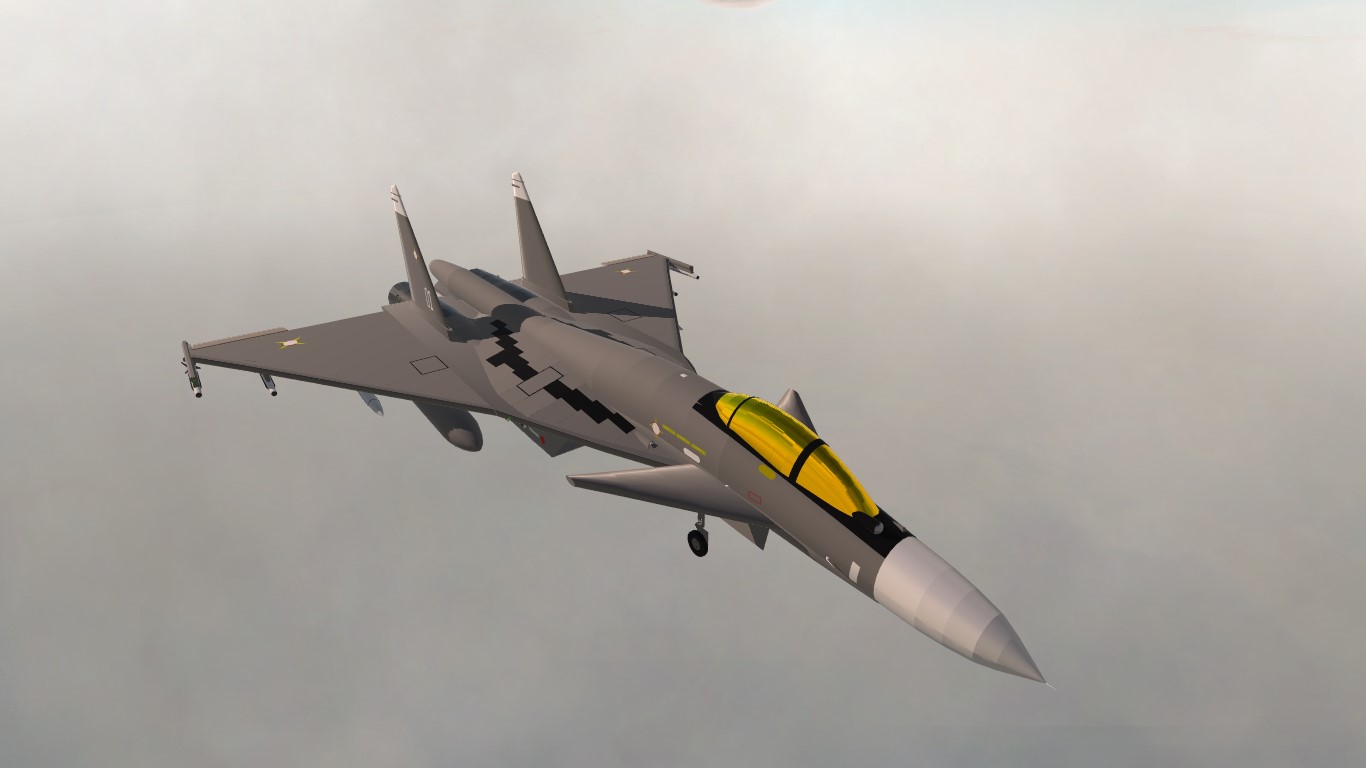
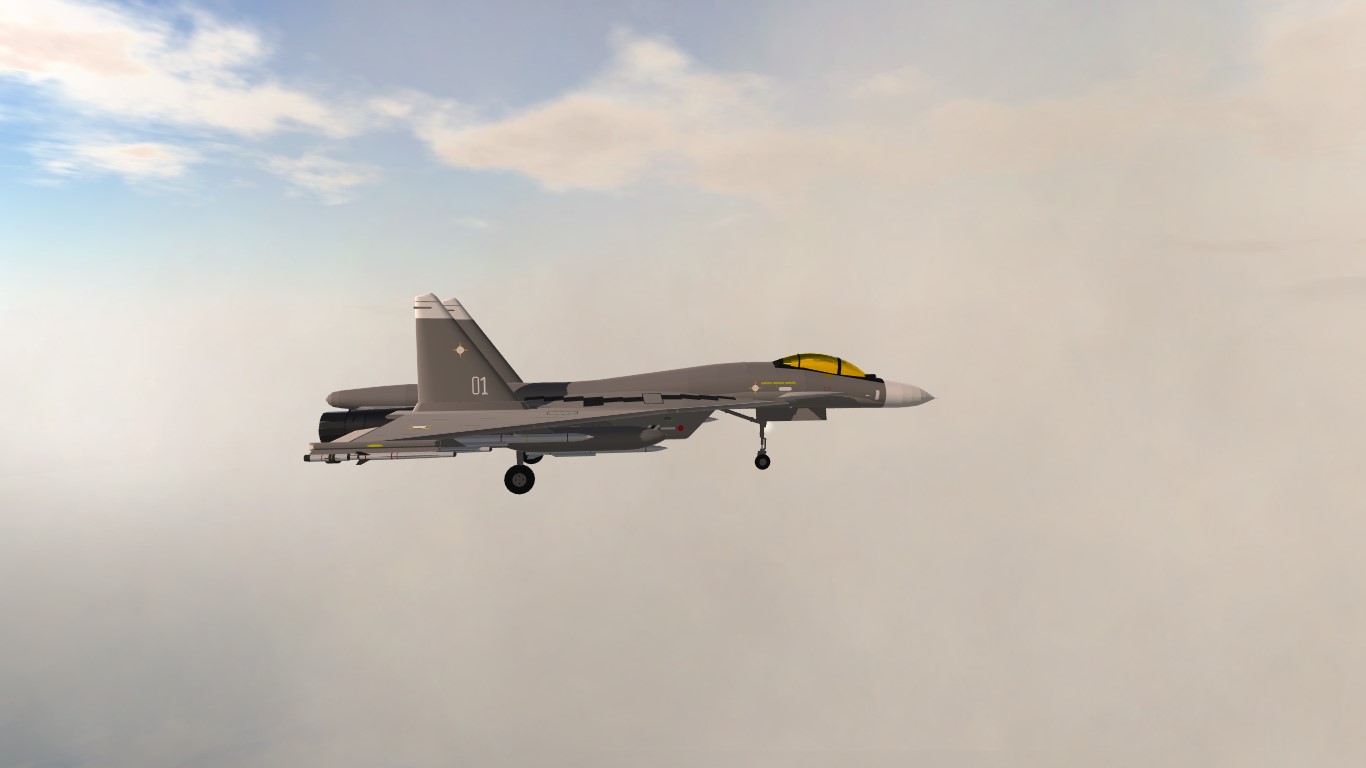
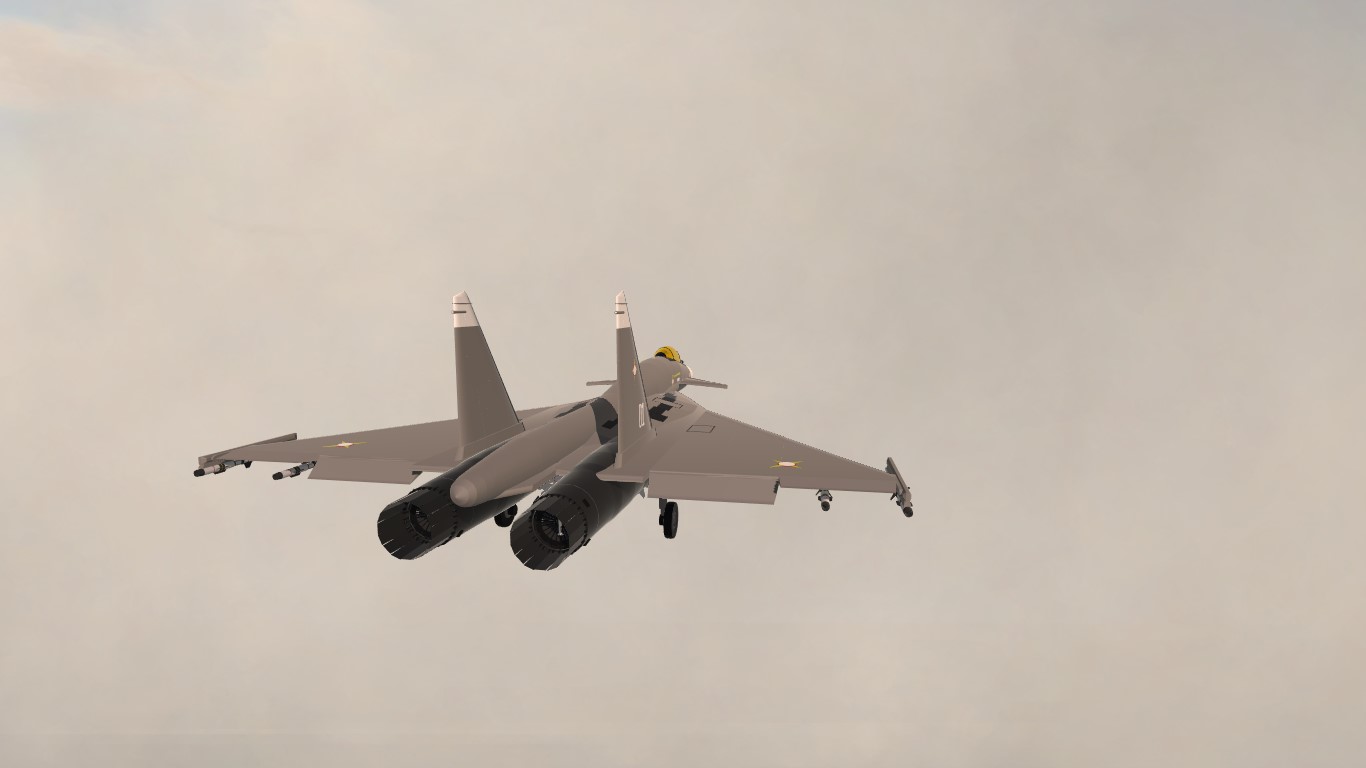
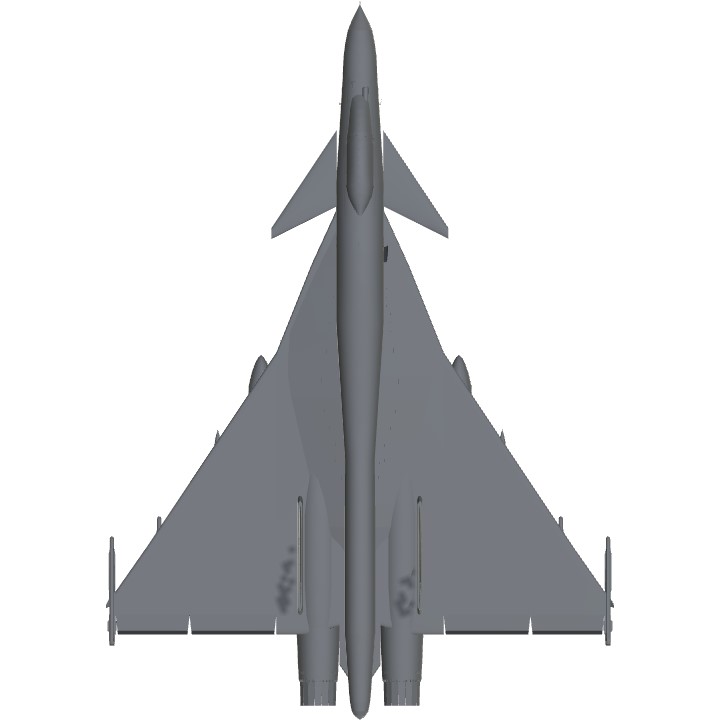

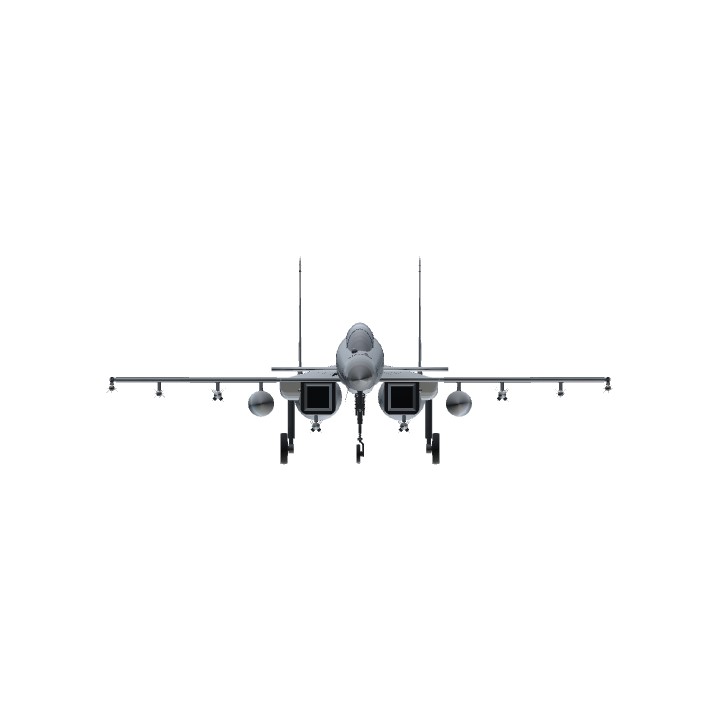
@Dastin moving the main gear 1-2 wheel radius forward would make it look better imo
@exosuit thank you
on flankers they tend to be farther back and I was using an Su-35 for visual reference.
But it might be a bit to far, yeah.
Ebic
.
The main gear looks a bit too far behind though
O boy
Das hawt
@randomusername First time I've seen a comparison like that, I really like it. Do you mind giving me a link to your jet?
@Dastin
No problem! Always happy to support someone in some way!
@Pilotmario @randomusername @GabetheDoge Thank you guys.